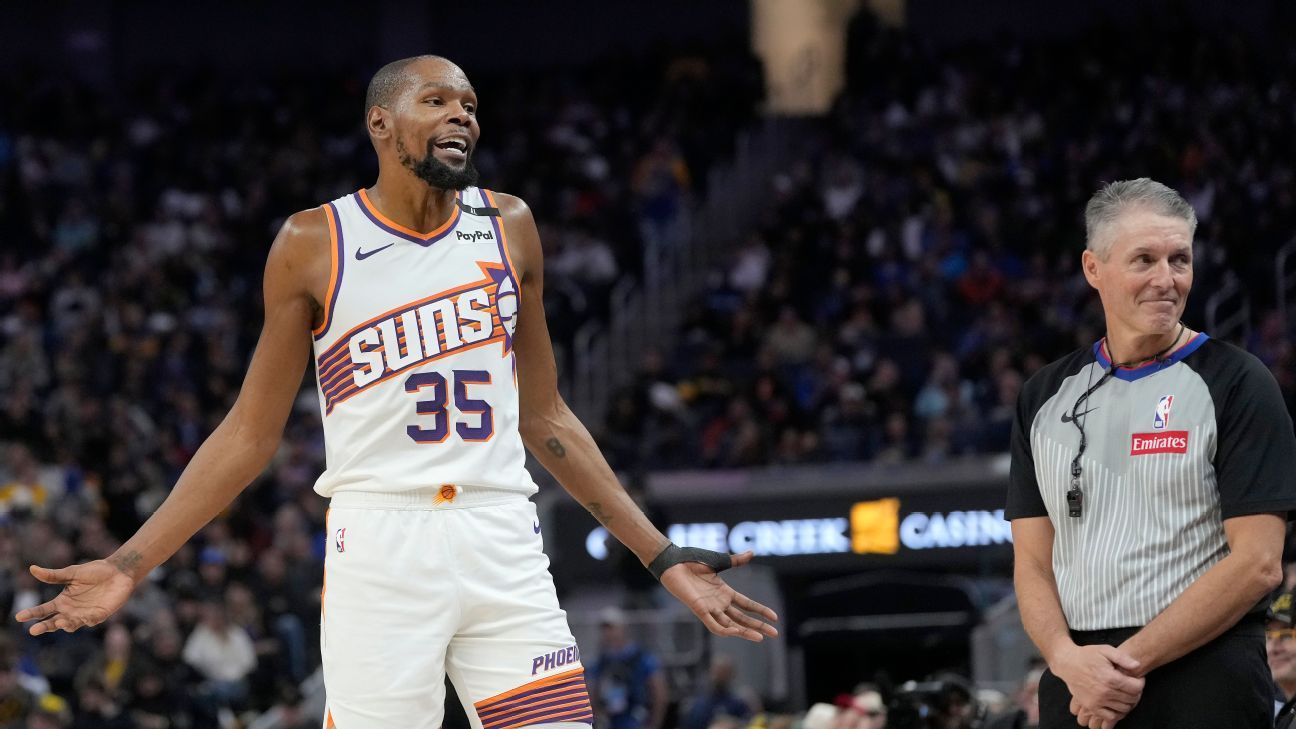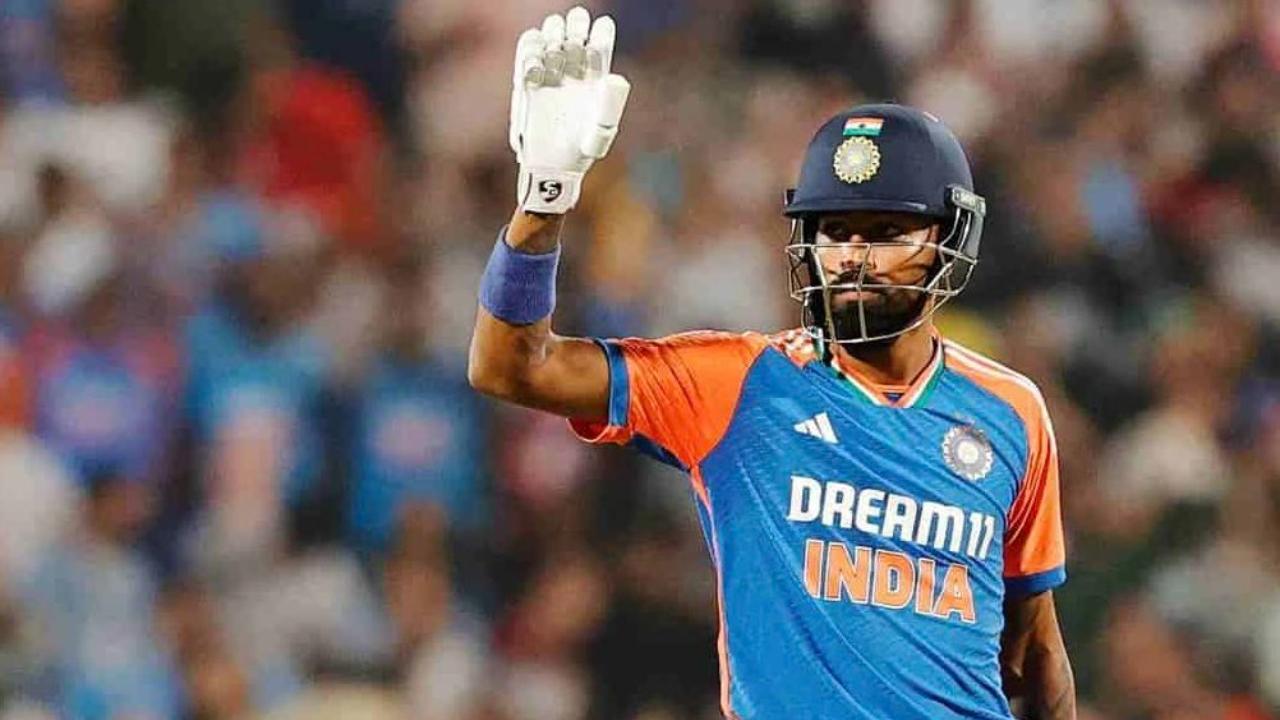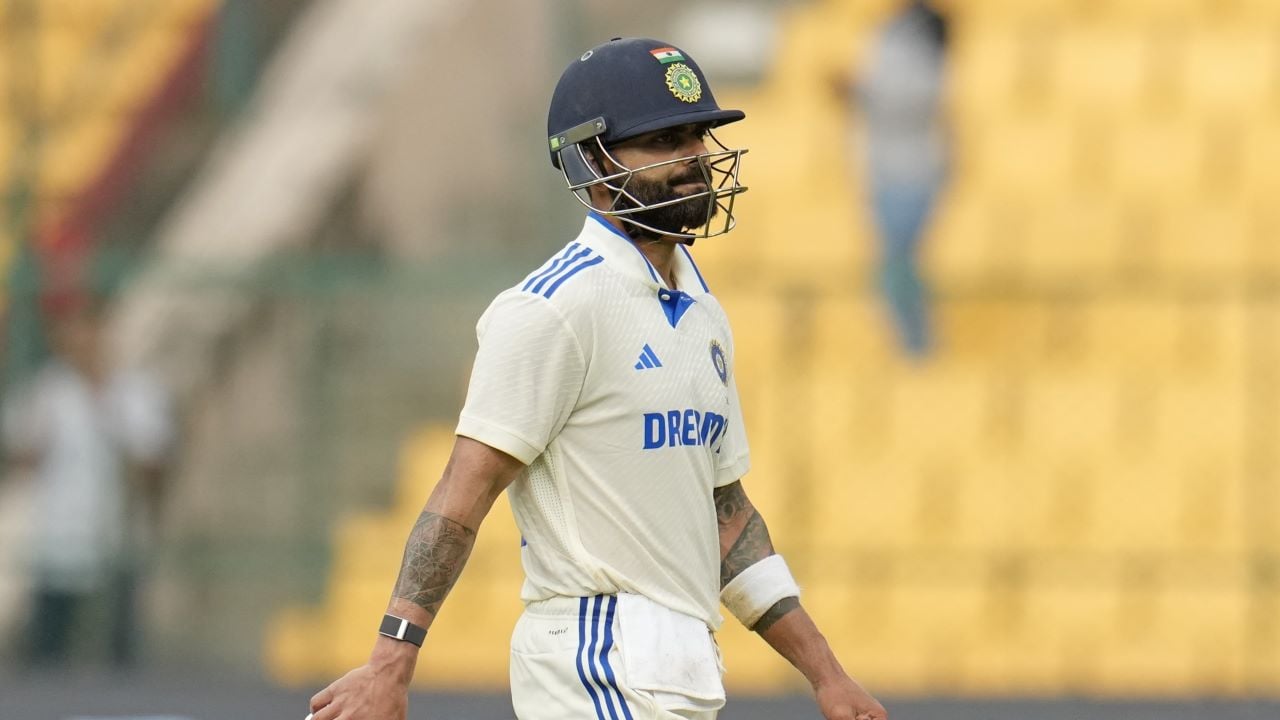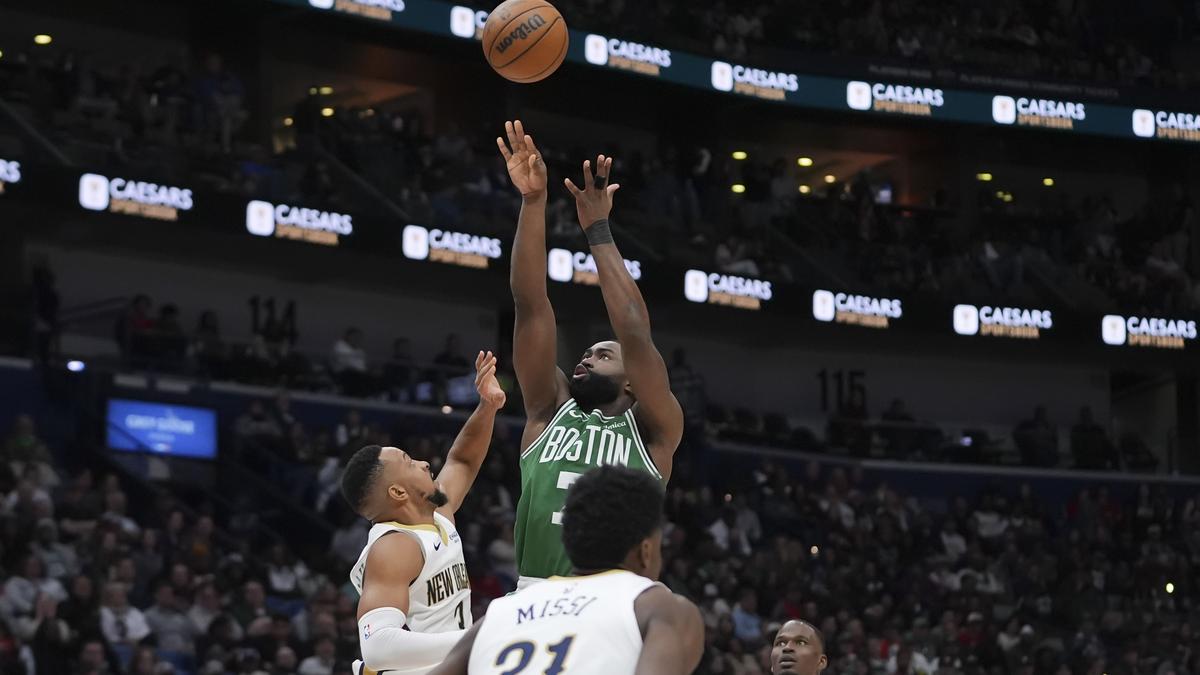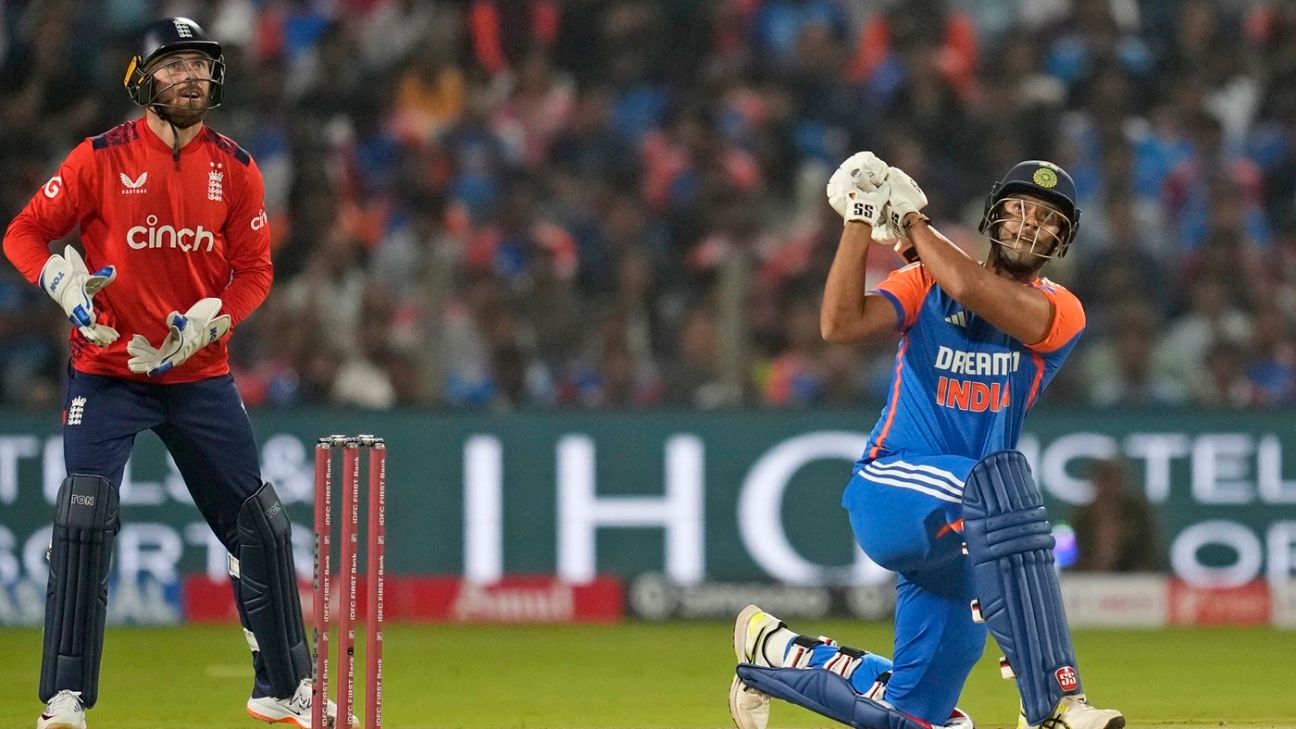
for as a bowler has created but it should not end up diluting the need for a playing condition that has objectively been proven to be a necessary duty of care. Firstly let's not assume that the match referee, who is the sole arbitrator on these substitutions, is partisan, incompetent or negligent. If we assume any of that, we cannot hope to understand or appreciate the process of officiating, which should be the first requirement to reasonably criticise a decision.
We need to put ourselves in the shoes of and examine the rule and all the facts. The rule says: "The ICC Match Referee should ordinarily approve a Concussion Replacement Request if the replacement is a like-for-like player whose inclusion will not excessively advantage his/her team for the remainder of the match. In assessing whether the nominated Concussion Replacement should be considered a like-for-like player, the ICC Match Referee should consider the likely role the concussed player would have played during the remainder of the match, and the normal role that would be performed by the nominated Concussion Replacement.

" The wording of the rule practically admits it is impossible to cover every eventuality with like-for-like replacements when you have only four or five extras in the squad. It stays silent on style and quality too: in the past, and . Also the rule only focuses on the concussed player's likely role in the "remainder of the match" so Rana's batting ability is immaterial.
The replacement shouldn't, in the match referee's assessment, offer excessive advantage to the side. Needless to say such an assessment can't be made post facto; the three wickets Rana took should be immaterial here. Now it is tempting to just look at Dube in the IPL, where the presence of the Impact Player rule eliminates any need to utilise the lesser discipline of bits-and-pieces players, and say Dube hardly bowls at all.
In the most recent Syed Mushtaq Ali Trophy (SMAT), Dube bowled . Twice he came on as the first change. In his most recent four T20Is, he bowled a total of eight overs.
In the World Cup before that, he was called on to bowl just one over. You can argue either way based on that. What queers the pitch here for Srinath is that this was Dube's first match in the series so he doesn't quite have anything from this series to go by when assessing Dube's likely role.
In the XI, he replaced Washington Sundar, who bowled two overs in two matches. It is quite likely that Srinath merely went by what role Dube has been playing in the sides he has represented in the last six months. It is reasonable to argue that even despite this given record, India drew an excessive advantage, but it is also important to acknowledge that Srinath couldn't have completely ignored Dube's recent record and that he had nothing to go by in the current series to assess his likely role in the rest of the series.
If it were Abhishek Sharma asking for someone like Ravi Bishnoi as a concussion substitute based on the fact that he bowled 21 overs in seven Syed Mushtaq Ali Trophy matches, the match referee would have likely looked at his usage in this series and said Bishnoi is an excessive advantage. Then again, it is also reasonable to complain that India had in their squad a batting allrounder, , who is much closer to the role that Dube plays. He bowled 3.
2 overs in his last T20I, following it up with 10 overs in six matches in the Syed Mushtaq Ali Trophy. The match referee could have rejected Rana as a substitute, which would have forced India to come up with Ramandeep, but would it really? This is where the essence of the concussion rule comes in. It has been brought in to encourage teams to protect players who have been hit in the head, but if it results in a disadvantage, will these ultra-competitive teams in an ultra-competitive environment with the series on the line agree to substitute the player out? The playing condition is so liberal around this that it includes not just a concussion but a suspected concussion as a qualification for a substitution.
This is a peculiarity in the rules that we will have to live with if we are to actively encourage teams to look after the player who has been hit in the head. If it results in a competitive disadvantage, teams will continue to risk the well-being of players hit in the head, which science tells us can be fatal even though it might not look as threatening in the moment. Of course, teams will look to use it cynically from time to time, which requires strict vigilance from the authorities.
My considered opinion is that Rana provided India an excessive advantage. Dube was replaced by a taller, hit-the-deck bowler in a match where England's bowlers with similar style drew assistance from the pitch doing just that. Also because players do tend to use SMAT as a laboratory in preparation for the IPL, the numbers there shouldn't be seen as an absolute when assessing someone's role in a higher competition.
Then again, the match referee obviously disagreed with that view. He had enough grounds to not believe he was allowing India an excessive advantage. Or, he possibly felt he didn't have enough justification to disallow the request.
On another day, the same match referee might disallow Rajasthan Royals' request to substitute R Ashwin with Dhruv Jurel despite Ashwin's role as an opening batter in the TNPL. If we are to encourage teams to protect a player who has been hit in the head, we will have to live with the case-to-case discretion and the occasional disagreement with the assessment of the match referee. If we don't trust that an experienced match referee has acted in good faith and reasonable mindfulness, we will trust very little in life.
That doesn't mean the rule shouldn't evolve. It needs to remain vigilant to any loopholes. As of now, the match referee can limit the nature of involvement of a player.
If an allrounder replaces a specialist bowler with four overs left in their batting innings, the match referee can stipulate that he will be allowed to only bowl and not bat. The ICC will surely review it now and question if the match referees can go a step further and limit the number of overs a bowler can bowl. Or when they can bowl it.
Or a specific point of entry before which a batting replacement can't bat. This rule is a work in progress. The reaction to this instance will test the ICC's commitment to player safety.
.








